Once the preserve of gym bros and meal prep obsessives, protein supplements have quietly slipped into the mainstream. They’re in your morning smoothie, your mid-afternoon snack bar, even your coffee. And while the muscle-bound packaging and dubious vanilla flavours haven’t entirely disappeared, the category has evolved.
Now, topping up your protein isn’t just about hitting macros. It’s about recovery, satiety, focus – and, crucially, convenience. For the modern man juggling workouts, work deadlines and the odd pint, a little extra protein can go a long way. But with so many options on the shelves – from powders to pancake mixes – how do you know what’s worth it?
Here’s what to know, and the smartest ways to supplement.
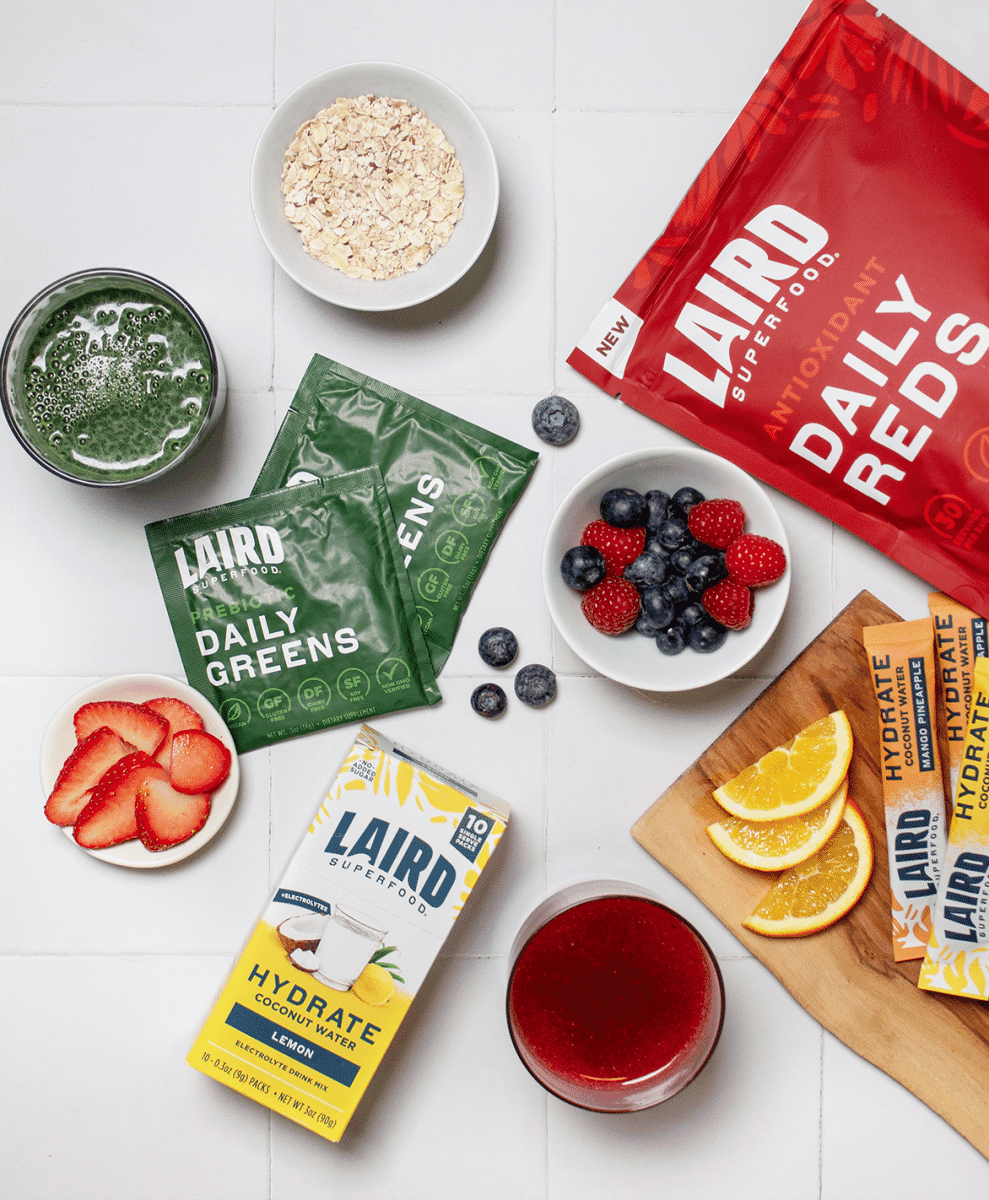
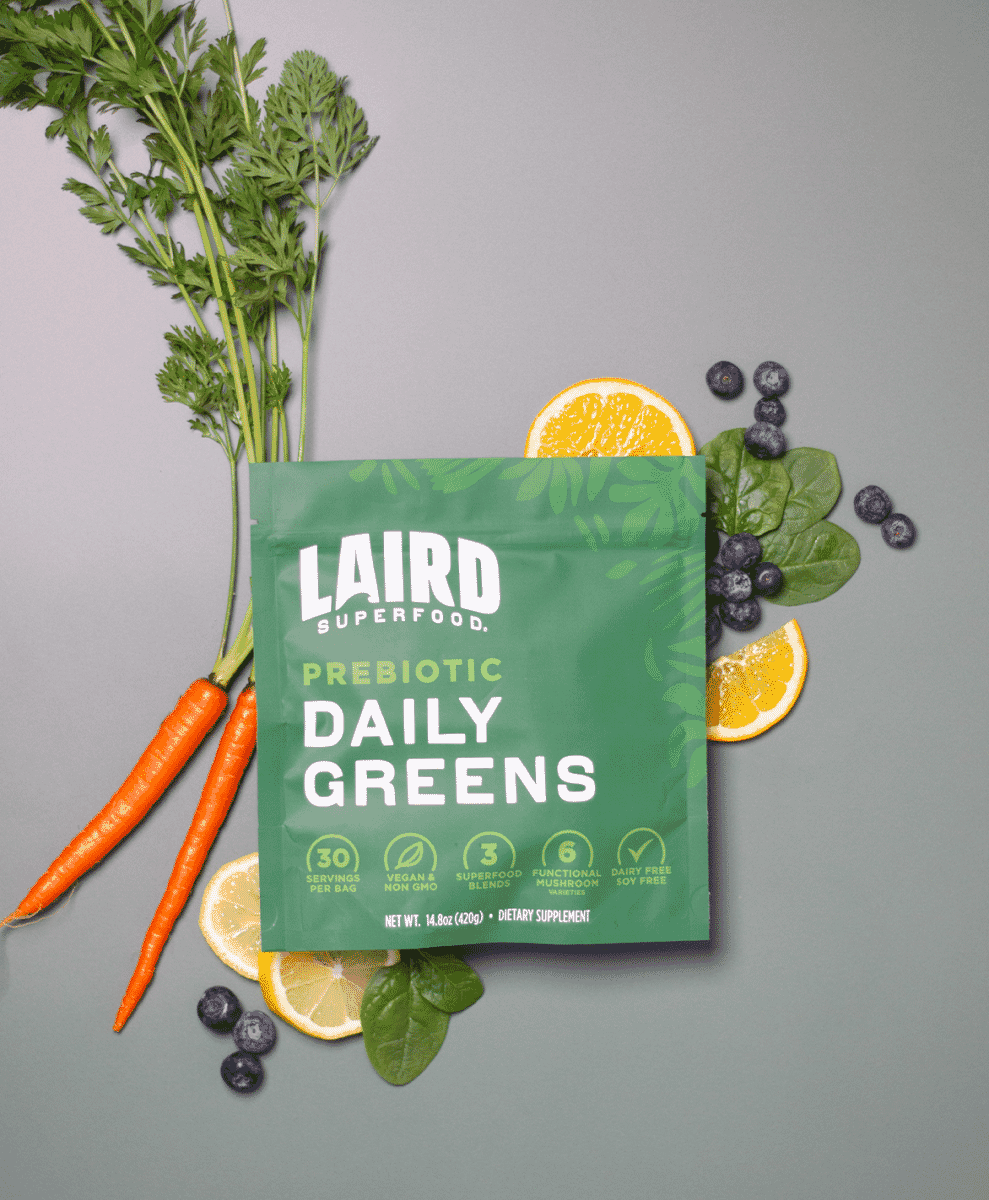
Why protein still matters
You don’t need to be an oiled-up bodybuilder to benefit from more protein. It’s one of the essential macronutrients, supporting everything from muscle repair and immune function to hormone production and blood-sugar balance. And unlike carbs or fat, your body doesn’t store excess protein. In other words, if you’re falling short, it matters.
For most people, daily needs sit somewhere around 1.2 to 2 grams of protein per kilogram of bodyweight, depending on activity levels. While that’s achievable through food alone, it’s not always practical. Lighter meals, skipped breakfasts or rushed lunch breaks can leave you short. And eating meat with breakfast, lunch and dinner isn't always practical. This is where supplementation becomes useful.
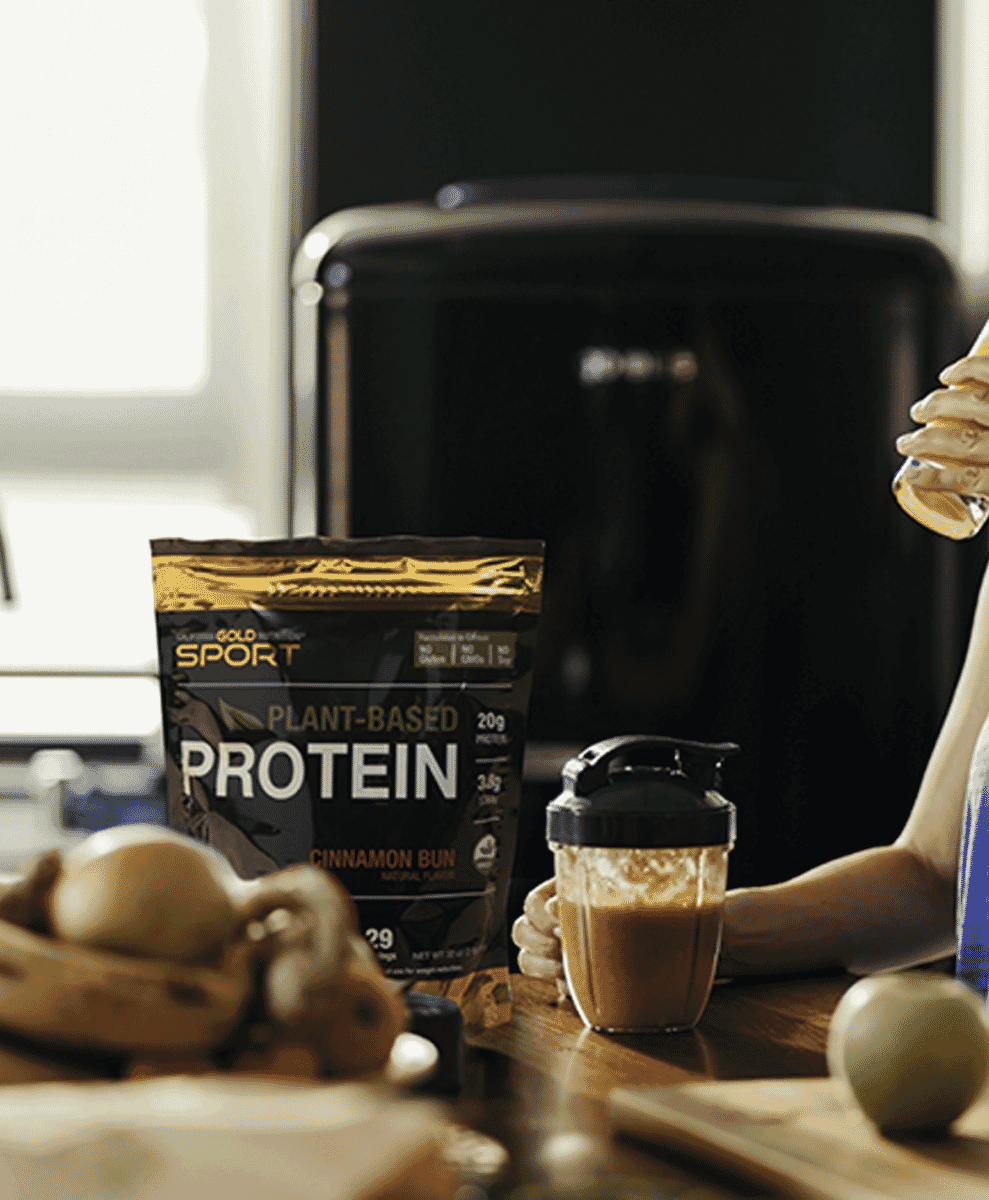
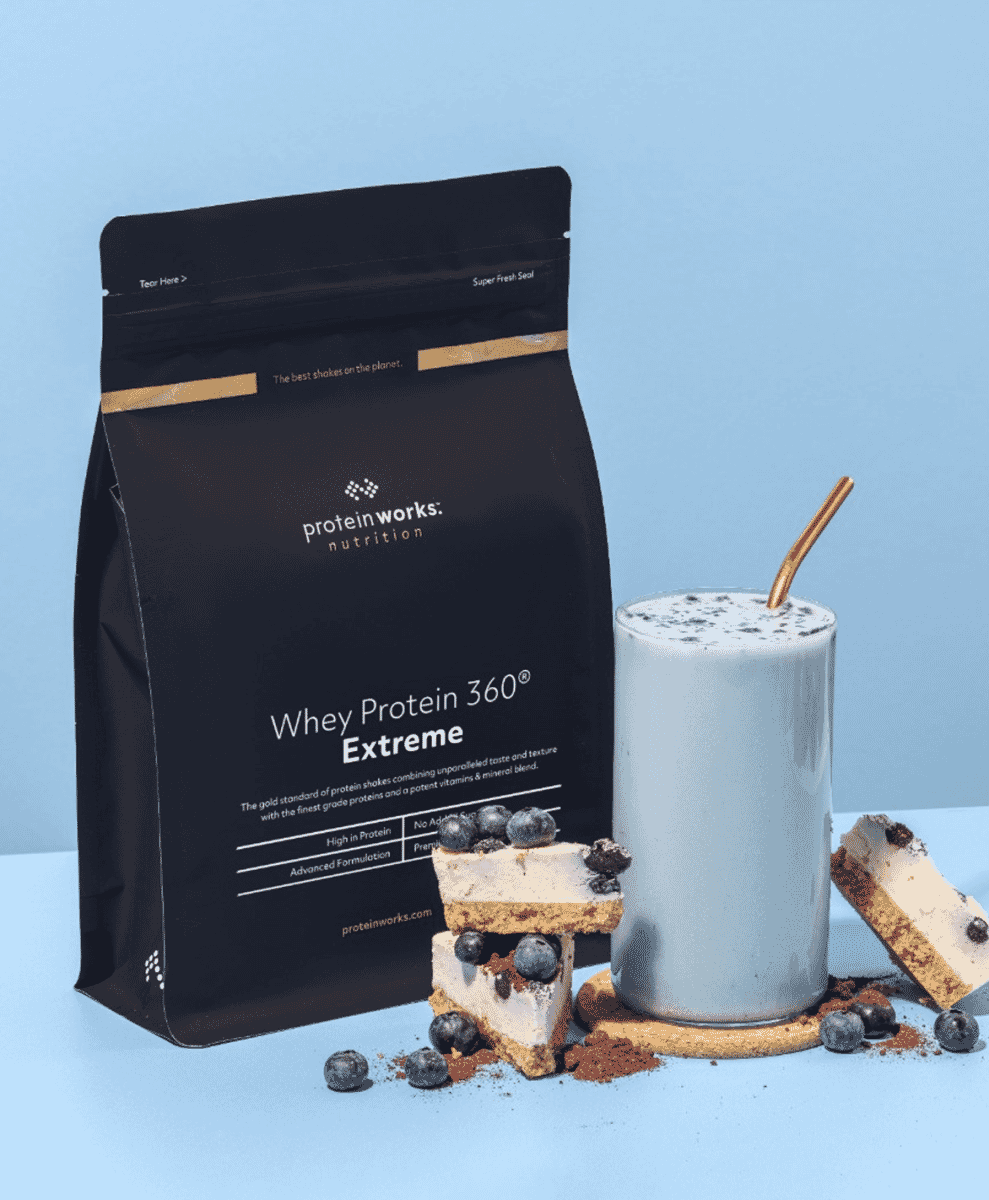
The new ways to supplement
Gone are the days when protein supplements meant a single scoop of whey, blitzed with milk and downed immediately post-gym. Today, the category spans everything from snack bars to coffee creamers – with some genuinely innovative formats on the rise. Here are the most common ones, and what they’re good for.

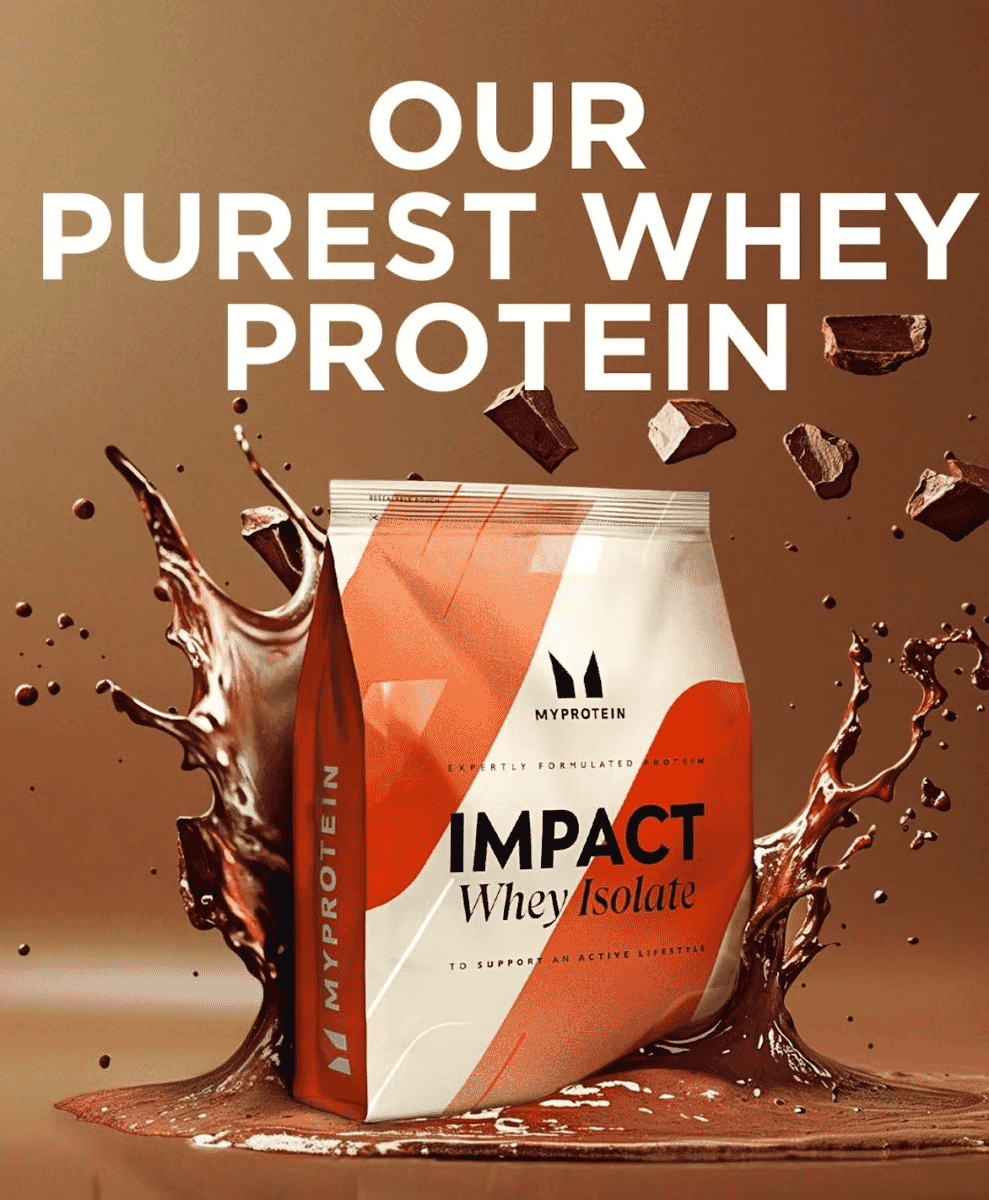
Protein powders
Still the most versatile option. A decent protein powder can be added to smoothies, porridge or just shaken with water post-workout. Whey protein remains the gold standard in terms of amino acid profile and absorption speed, but there are plenty of plant-based options that go easier on the gut – think pea, rice or hemp blends.
The key thing to look for is ingredient transparency. If the label reads like a science experiment, move on. The best powders have minimal ingredients, no artificial sweeteners, and at least 20g of protein per serving.

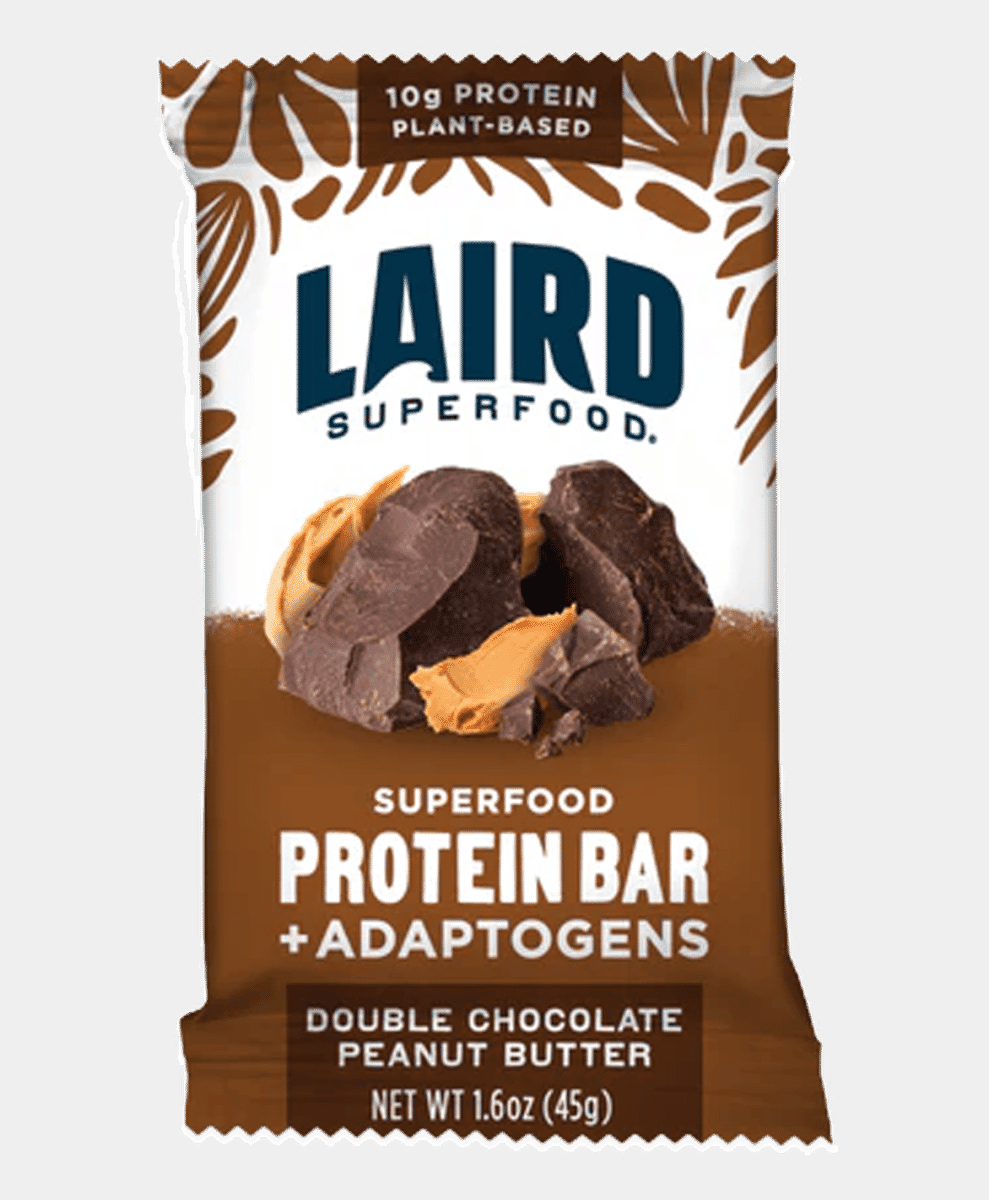
Protein bars
An easy fix when you’re in a pinch, protein bars are essentially the grown-up version of a cereal bar – with a bit more substance. The trouble is, many of them are still ultra-processed, often with as much sugar as a chocolate bar and a texture somewhere between nougat and sandpaper.
Look for bars with whole food ingredients, fibre, and fewer than 10g of sugar. If it tastes like dessert, check the fine print.
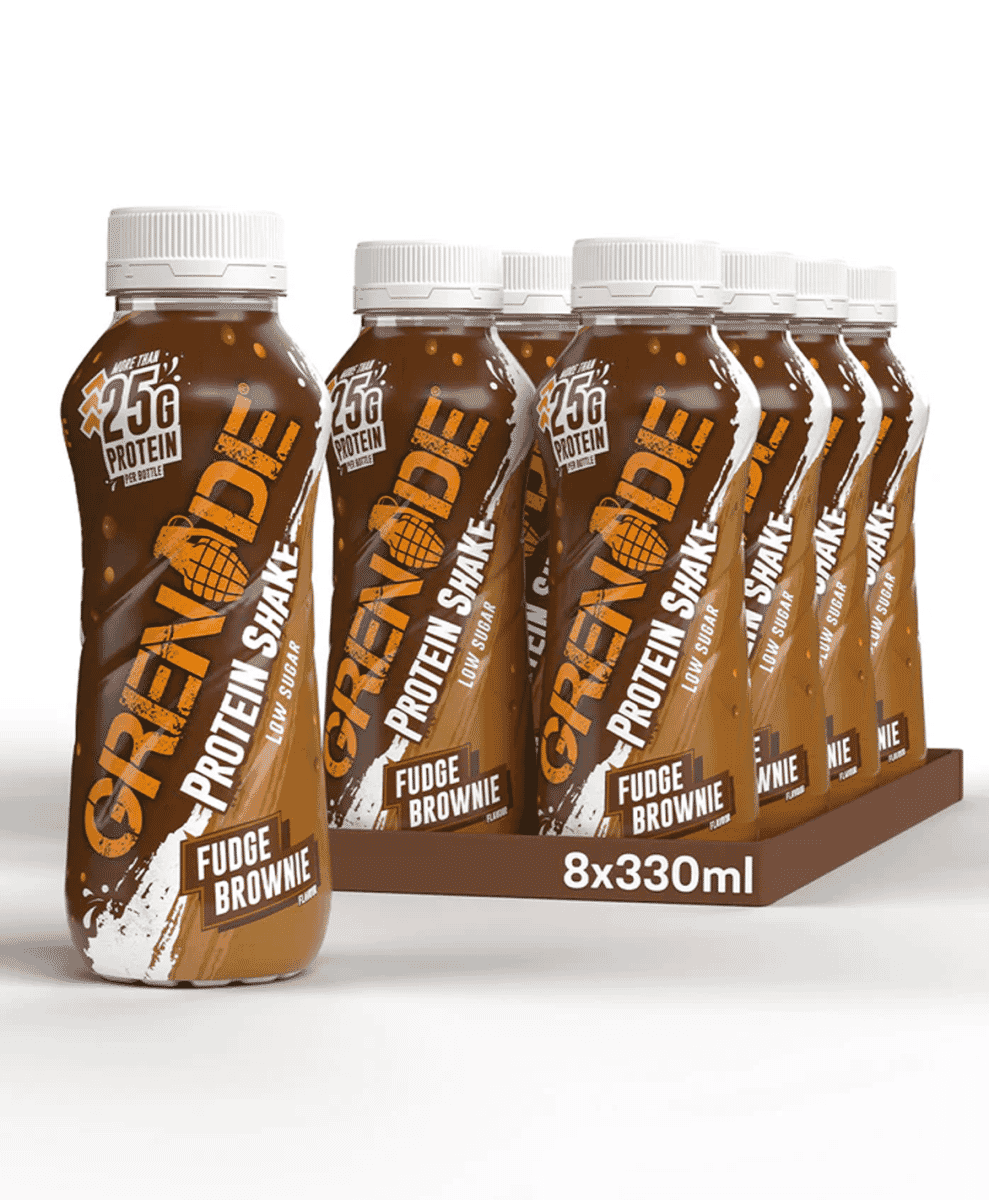
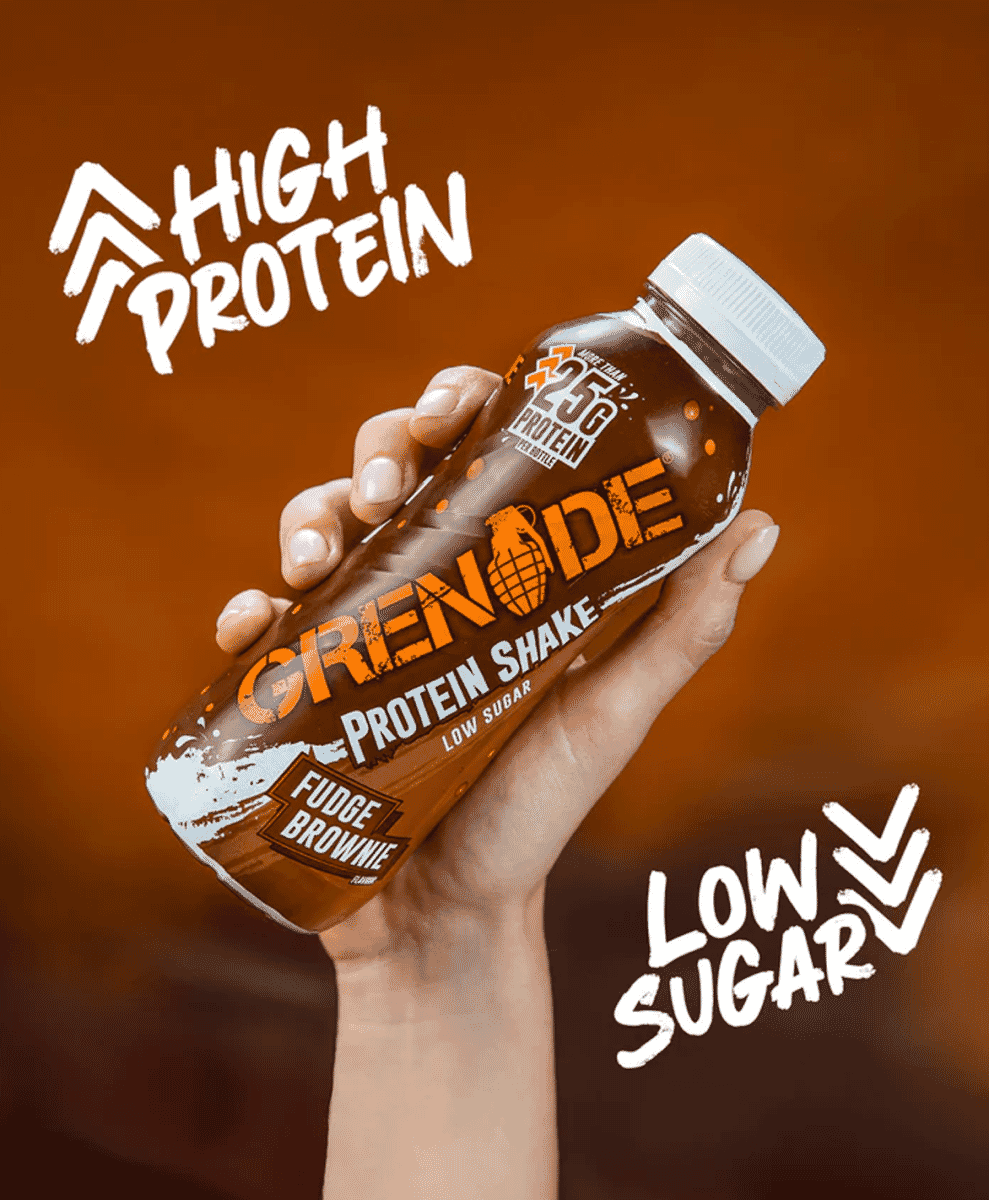
Ready-to-drink shakes
Convenient, portable, and surprisingly decent these days. RTDs (as they’re known in fitness circles) are a good solution when you’re on the move, travelling, or simply can’t be bothered to mix your own. Like powders, they vary wildly in quality. Go for brands that use clean ingredients and avoid the syrupy, overly sweet options that try to mimic milkshakes.
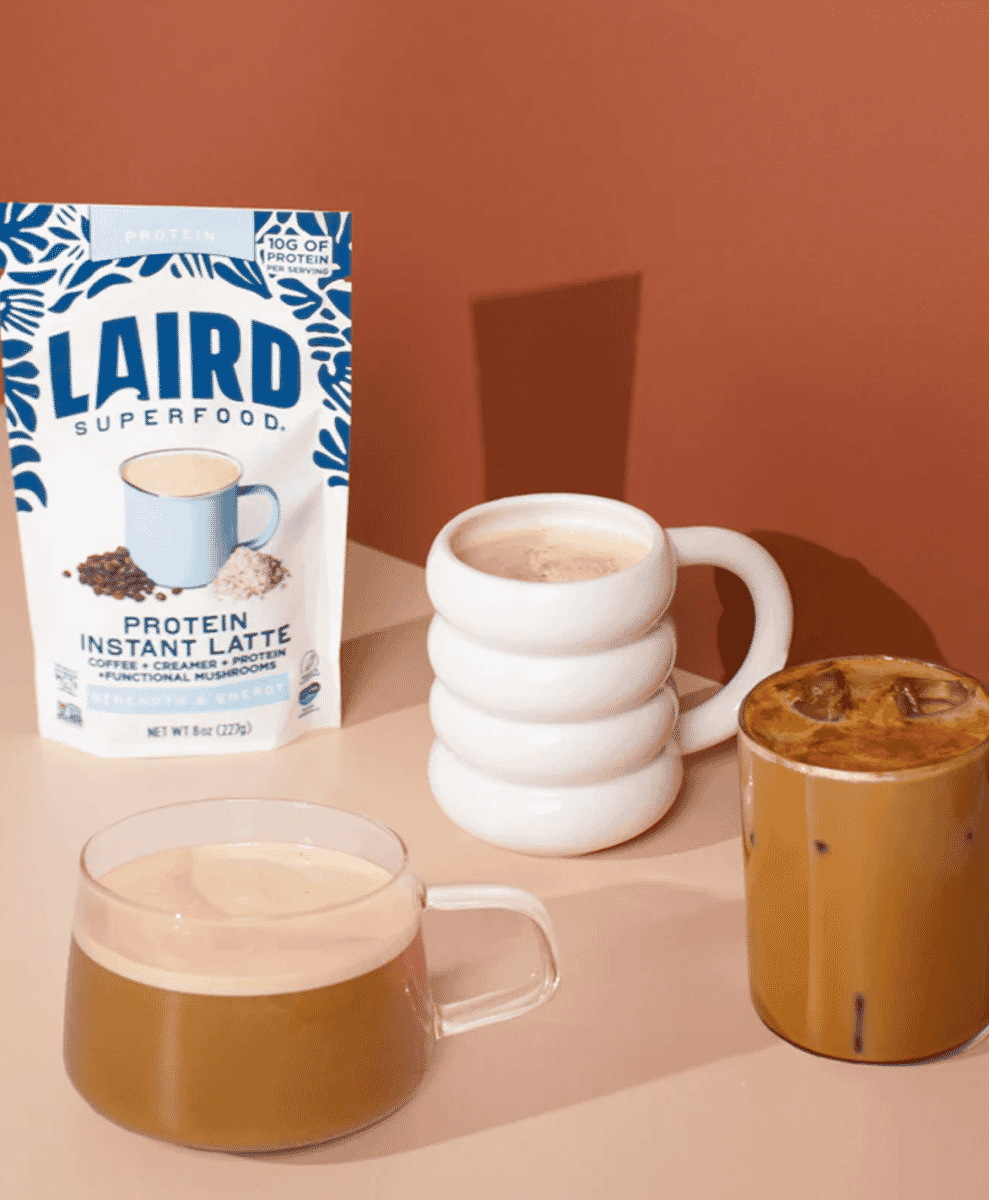
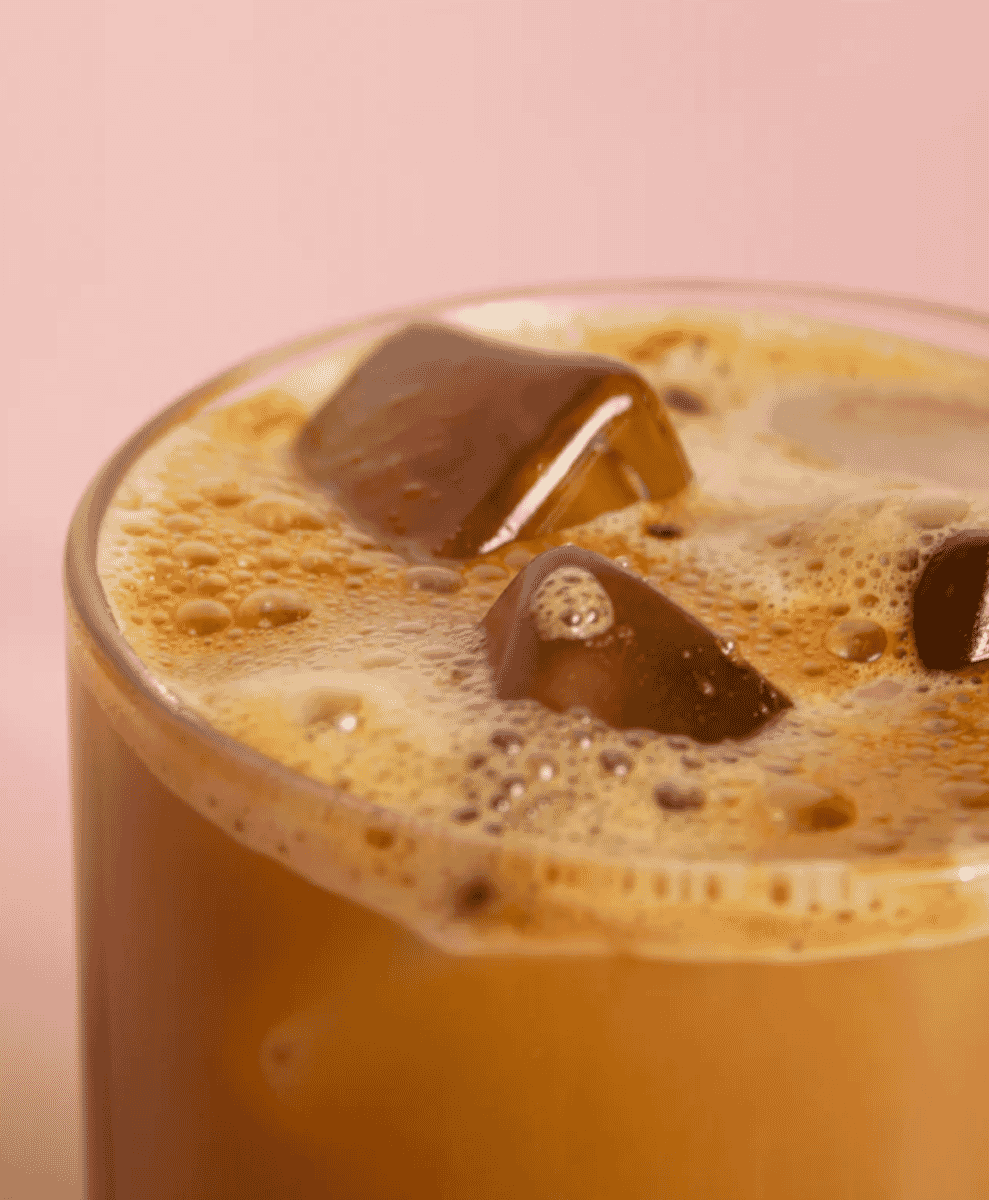
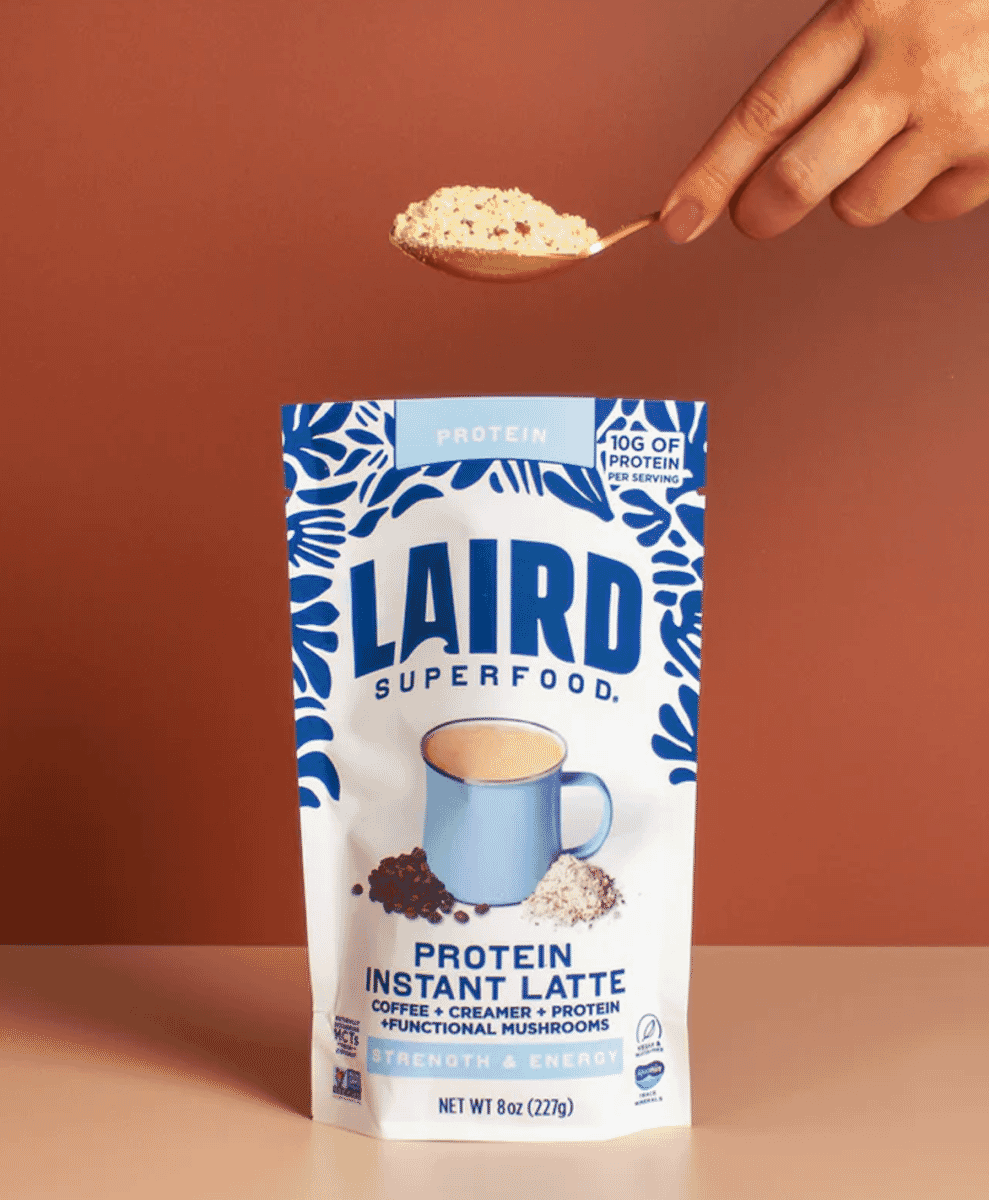
Protein-enriched coffee
The supplement format you didn’t know you needed, but that makes perfect sense. Creamers that double up as protein sources and protein-enriched instant coffees are fast becoming a go-to for anyone looking to upgrade their morning ritual without adding another item to the routine.
Laird Superfood – founded by legendary surfer Laird Hamilton – was one of the first to do this well. Its protein creamers and instant lattes combine plant-based protein with coconut milk powder, functional mushrooms and adaptogens, designed to support energy, focus and recovery. Stir it into your morning brew and you’ve just turned coffee into a genuinely functional drink – no blender required.
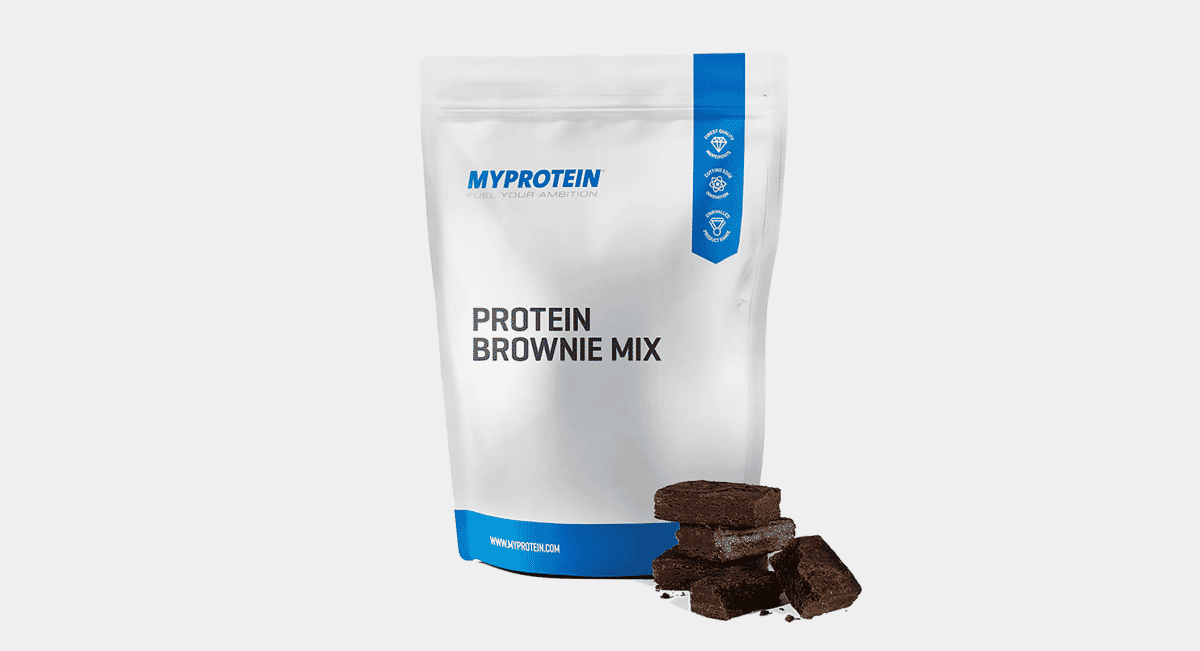
Baked goods and pancake mixes
Yes, even pancakes have gone high-protein. From ready-made mixes to protein-enhanced brownies and banana bread, there’s no shortage of creative ways to hit your target. These can be fun and occasionally useful – especially post-workout when you want something warm and comforting – but they shouldn’t be your daily go-to. Treat them like you would any snack: occasionally, and in moderation.
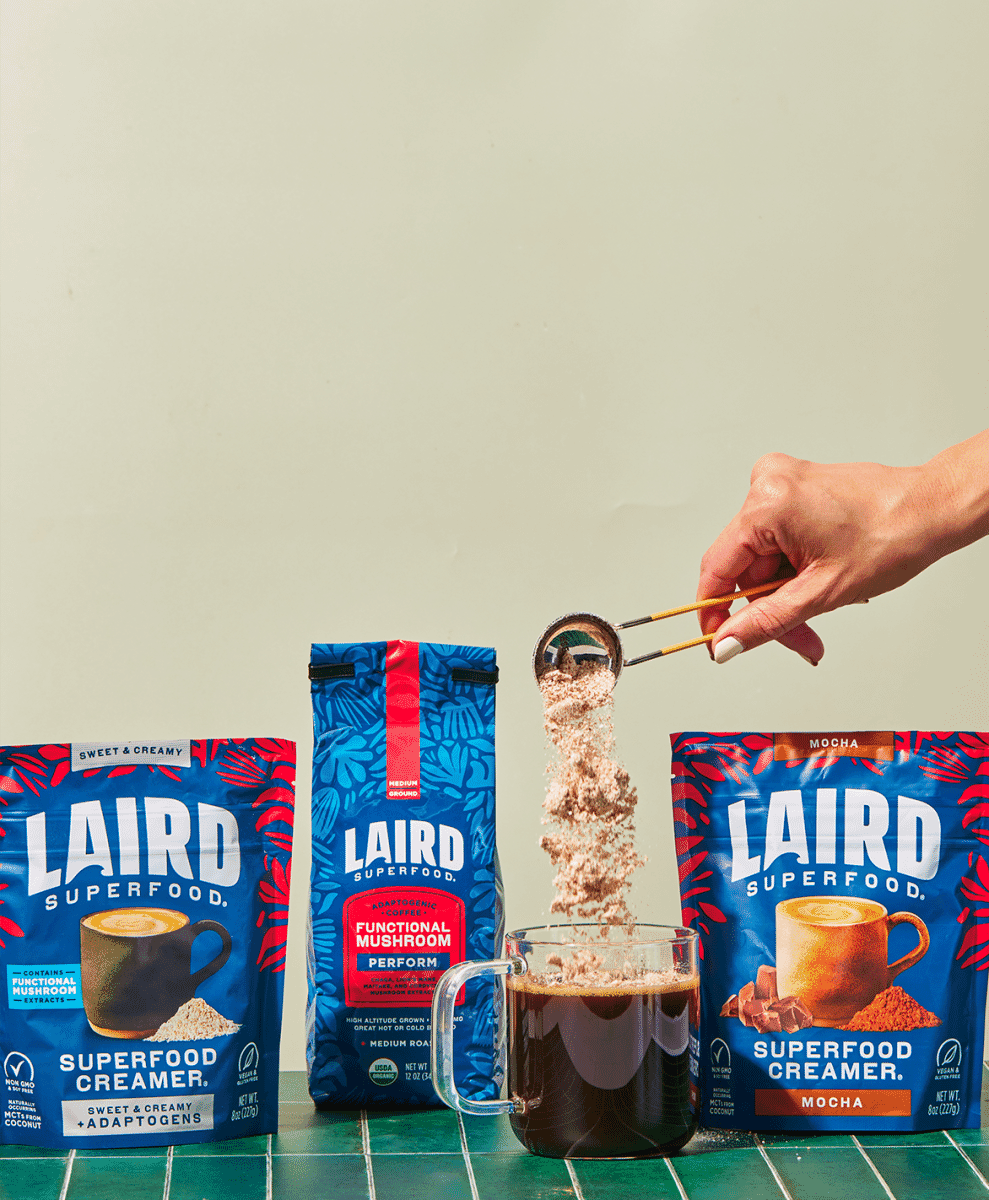
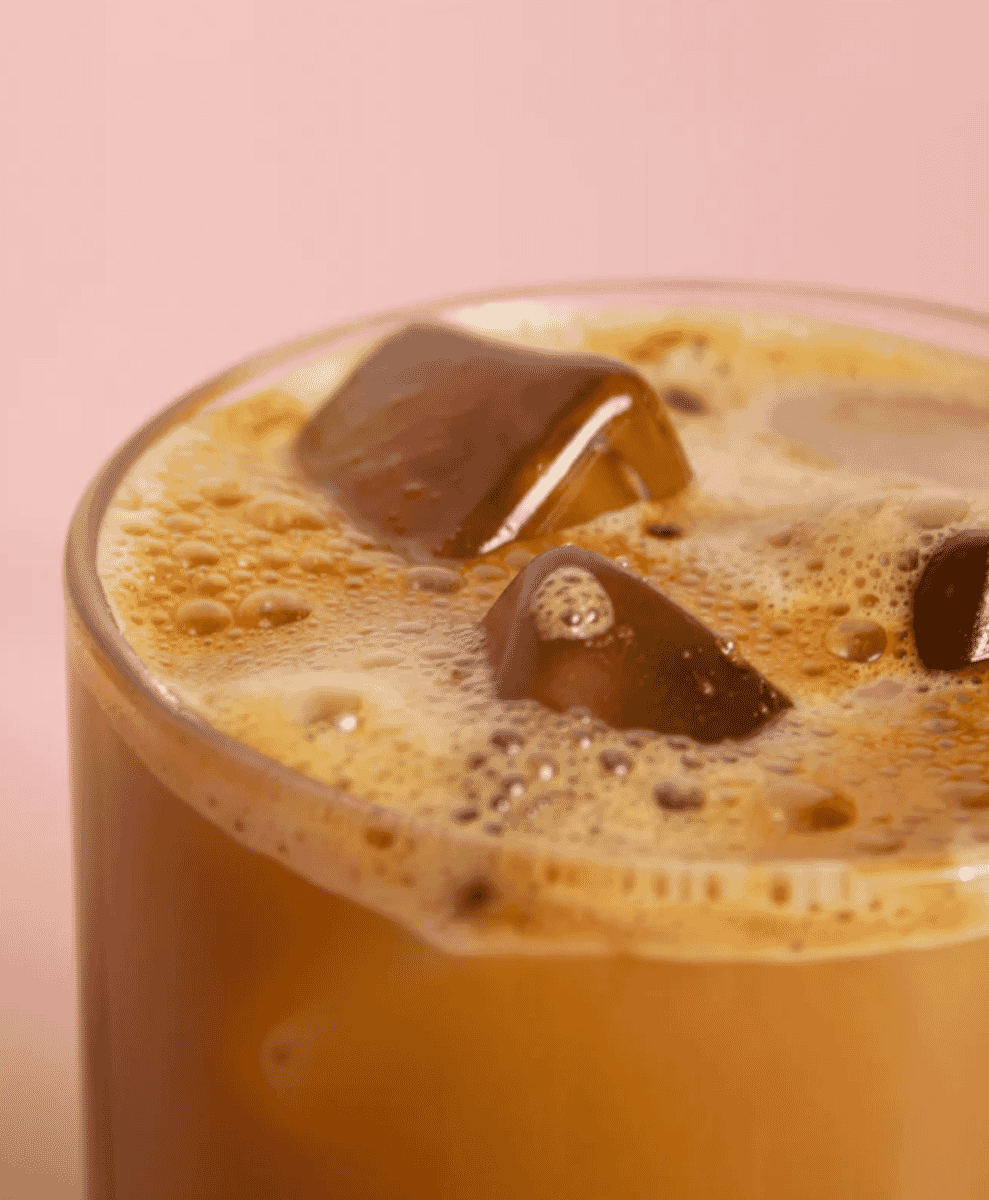
How to choose protein supplements that are right for you
The best protein supplement is the one you’ll actually stick with. There’s no point buying a kilo of chalky powder if you’ll only use it once. Instead, think about your routine.
If you train regularly and want something for post-gym recovery, a classic powder – either whey or plant-based – makes sense. If you’re time-poor and tend to skip meals, a bar or ready-to-drink shake might help fill the gaps. And if you’re simply trying to eat a little better without the faff, something like a protein-enhanced creamer can fit seamlessly into your day.
Also consider digestion. Some people get on fine with whey, while others find it causes bloating. Plant proteins are usually easier to digest, especially when blended with enzymes or other gut-friendly ingredients.



Don’t forget the food
Protein supplements are just that – supplements. The majority of your protein should still come from whole food sources: eggs, lean meats, fish, dairy, legumes, tofu and grains. Use supplements to fill in the blanks, not replace entire meals.
That said, if you’re choosing between a supermarket pastry and a high-quality protein bar mid-afternoon, the latter probably wins.
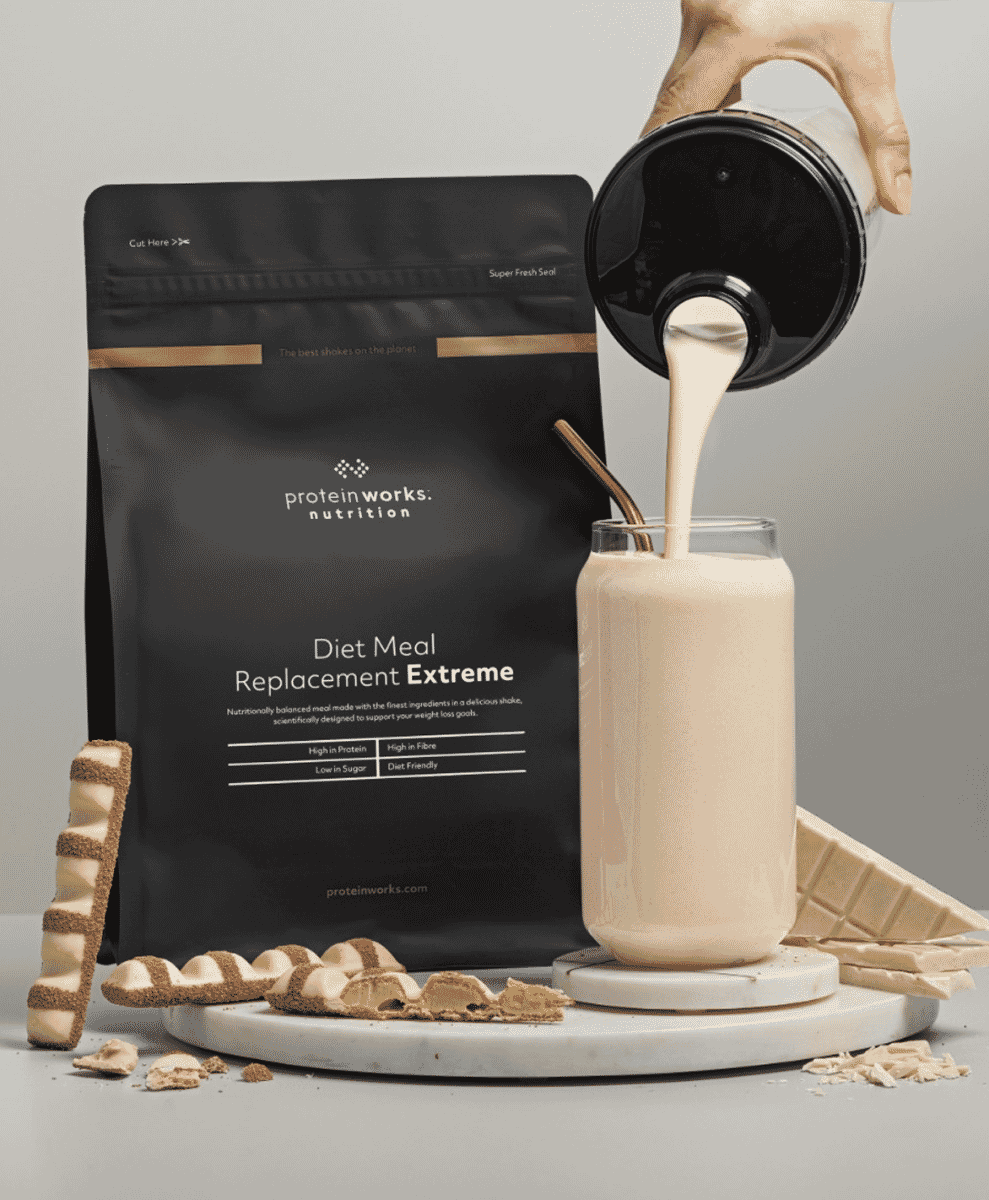


Not just for gym rats
Protein supplements aren’t just for bodybuilders anymore. They’re for anyone who wants to feel more energised, stay full longer, and recover faster – whether that’s from a 10k run or a long day in the office.
What’s changed is the delivery. You don’t need to chug shakes or carry around tubs of powder. In 2025, the smartest supplements are the ones that fit into your life – whether that’s a coffee creamer with benefits or a post-workout bar that doesn’t taste like regret.
Choose quality. Keep it simple. And remember: protein works best when it’s part of a bigger picture – not the entire thing.
Next up: These are the gym clothing brands you need to know.




